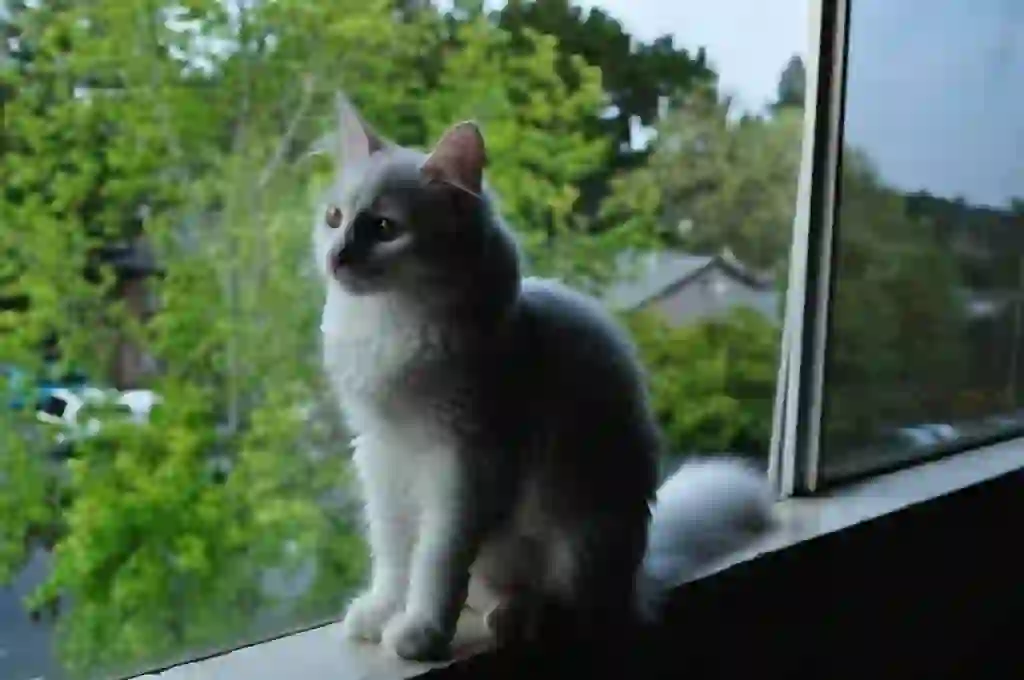
Turkish Angora
Turkish Angora
Turkish Angora
"Turkish Angora” is a breed of cat that is known for its beautiful fur and elegant appearance. Its appearance exudes an atmosphere that seems to belong to a wealthy household. However, it is rare to see them in pet shops, so many people may not have heard of them before. Although the Turkish Angora is not a well-known breed, its history is very ancient and there are many secrets hidden within it. Let’s explore the world of the Turkish Angora right away!
Turkish Angora Basic Infomation
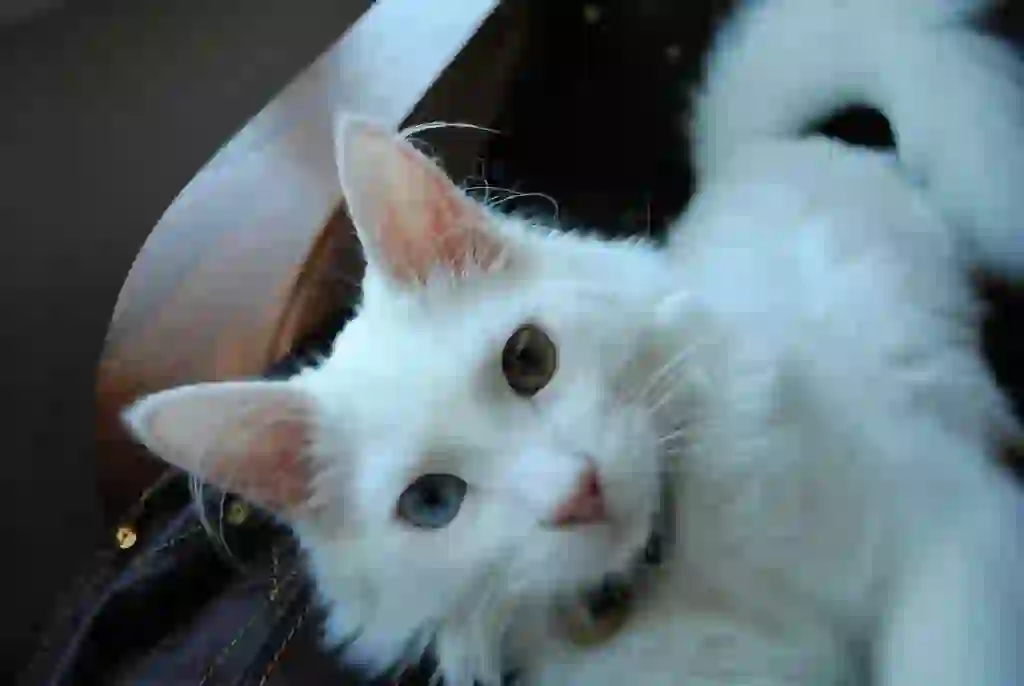
Country of origin Turkey.
Weight male: 3.5-5kg female: 3.5-4.5kg.
The Turkish Angora is one of the oldest breeds of cats that exist in the world. According to one theory, the Manul cat is believed to be the ancestor of the Turkish Angora, and it is said to have existed as early as the 1600s.
After its natural occurrence, it was brought to various parts of Europe, including France, where its beautiful and elegant appearance became popular among wealthy people. It was even Marie Antoinette’s beloved cat.
However, in the 1900s, the popularity of Persian cats, which are also long-haired cats like Turkish Angoras, increased. As a result, Turkish Angoras were used for breeding with Persian cats to improve their breed, which led to a drastic decrease in their numbers.
Turkey stepped up for breed preservation and protection when they realized this situation could not be ignored. They protected the remaining Turkish Angoras in their country and designated them as national treasures at the Ankara Zoo. They carefully bred them and succeeded in increasing their numbers little by little. They also prohibited taking them out of the country.
One day, an American soldier who visited the Ankara Zoo fell in love with the beauty of Turkish Angoras and asked if he could adopt a pair. However, the zoo refused his request because even local people found it difficult to obtain Turkish Angoras as they were treated as luxury cats in Turkey.
The American soldier did not give up and continued negotiations for a while. As a result, he finally succeeded in receiving a pair from Turkey that agreed to his request after persuasion. It is said that his wife Lisa received the cats.
This event led to breeding of Turkish Angoras all over the world, including America. In 1973, they were officially registered as a breed by CFA. Although originally only white-colored Turkish Angoras were recognized as a breed, various colors have been approved recently. Like Turkish Vans, conservation activities are being carried out in Turkey for this rare breed.
Turkish Angora Q&A

Where does Turkish Angora get its name?
“Turkish” means “of Turkey”. The Turkish Angora is named after its country of origin, Turkey, and the old name of the current city of Ankara was “Angora”.

What are the color variations of Turkish Angora?
There are blue, black, white, red, and cream colors available for Turkish Angora cats.
・Solid color. The entire body is of a single color, including the face, body, legs, and tail.
・Tabby. There are stripes or spots all over the body.
・Party color. Two colors are randomly mixed.
・Silver & Golden. Only the tips of the hair have color, while the base is white or light-colored.
・Calico & Bicolor. Half or one-third of the body is white, and the rest is composed of two or more colors.
・Smoke & Shaded. The tips of the overcoat have color, while the remaining half is white.
・Tabby & White. Half or one-third of the body is white, and the rest has stripes or spots.
The eye colors that Turkish Angoras can have are sapphire blue, blue, gold, orange, green, hazel, copper, and odd-eyed.
Turkish Angoras are only long-haired cats.
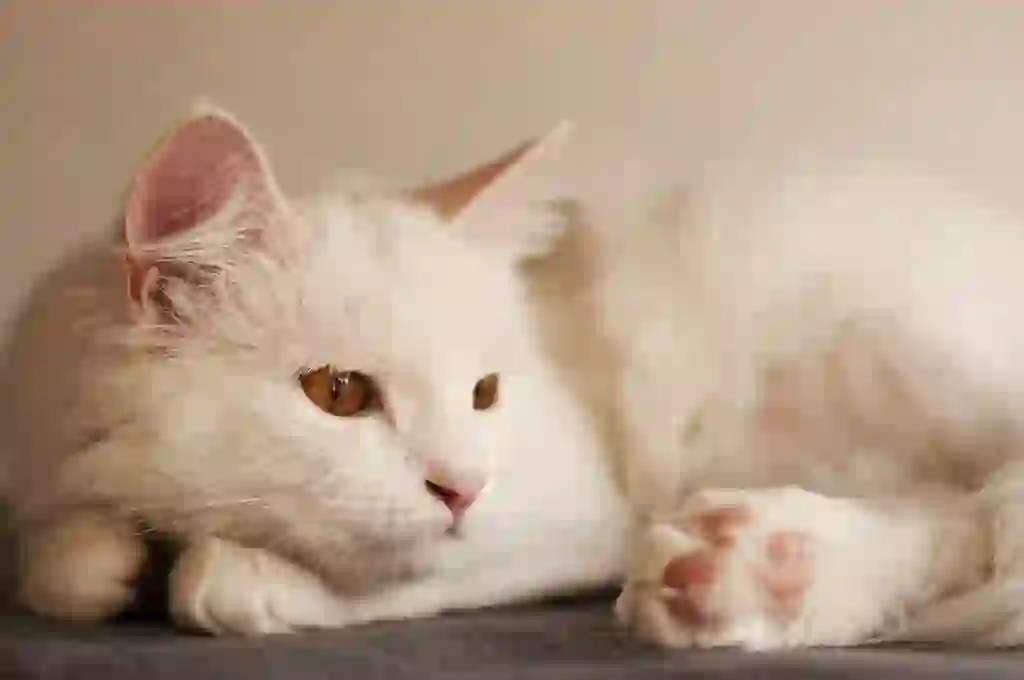
What does a Turkish Angora look like?
“Turkish Angoras” have a slightly small head and almond-shaped eyes. Their ears are surprisingly large, and their body type is called “foreign”. Their hind legs are longer than their front legs, and they have a long and slender body despite being medium-sized.
Their single-coated fur is soft to the touch, almost like silk. The tail, which is especially long and fluffy, looks like a mop and is a very cute feature.
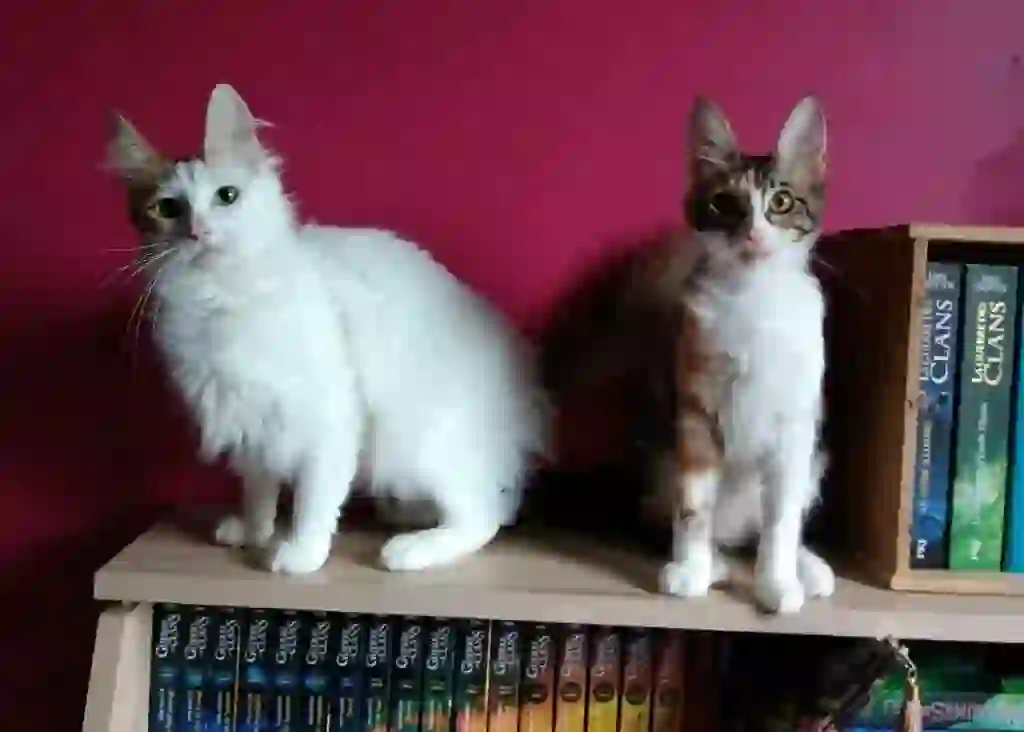
Is it true that Turkish Angora was the ancestor of Persia?
“Persian cats” are also considered one of the oldest breeds of cats, but there is a theory that their ancestor was actually the “Turkish Angora”. There is no clear evidence yet, but if it is true, it can be said that Turkish Angoras have been involved in the birth of various cats.
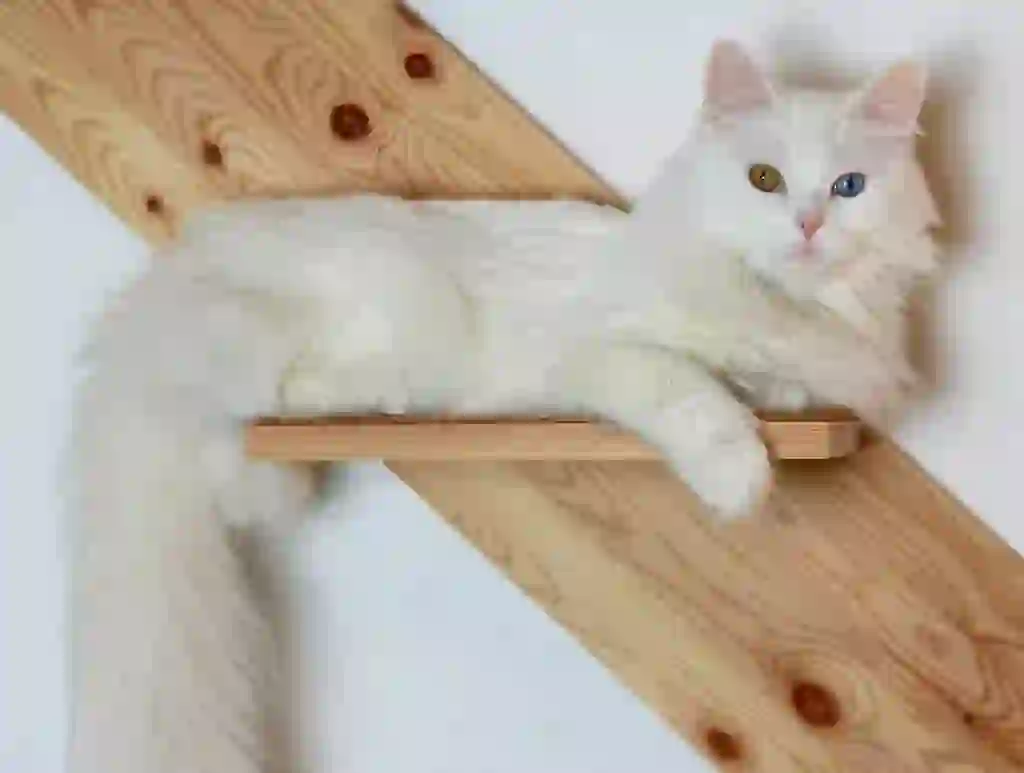
How much does it cost to buy Turkish Angora?
When keeping animals, it is necessary to follow the laws established by each country. This time, I will talk about keeping Turkish Angoras at home in Japan. If you purchase from a breeder or cattery, it will cost about 300,000 yen. The advantage is that you can confirm points such as what kind of environment they grew up in and what kind of cats their parents are. Also, the reliability varies depending on the personality of the breeder, so it is recommended to make a reservation and visit them.
Turkish Angoras are almost never seen in pet shops. Therefore, it is common to purchase them from breeders.
By the way, here are some conditions that cause price differences:
・Being a kitten. ・Having excellent pedigree. ・Having rare colors or patterns.
Although there are other conditions, especially if they meet the above conditions, they tend to be expensive.

I want to know more about the character and characteristics of Turkish Angora!
The Turkish Angora, also known as the “ballerina-like cat”, is basically free-spirited and wants to be friends with many people. Rather than being a spoiled cat, it only gets close to people it really trusts. It is almost never seen as a spoiled cat, so it is not suitable for cuddling and petting too much.
Since they are basically smart, they can learn manners properly. However, because they are smart, they quickly learn how to open doors and where snacks are located. Therefore, it is necessary to be careful not to let them cause mischief. They want to go to various places when they become interested in something, so in the worst case, they may not come back if they go outside. Please be careful about escape prevention.
Turkish Angoras are long-haired cats, but their slender bodies are surprisingly muscular. Therefore, they especially like to climb high places and move up and down, which can be dangerous if they climb onto a cupboard or bookshelf. To prevent this, please put a cat tower for them.
They are loyal to people they trust, in other words, their owners. They have a very cat-like personality, but on the other hand, they may feel stressed if they are not treated as the most important one. Therefore, it may be better to avoid keeping multiple cats or living with other animals. ※Note that when keeping animals, it is necessary to follow the laws established by each country.
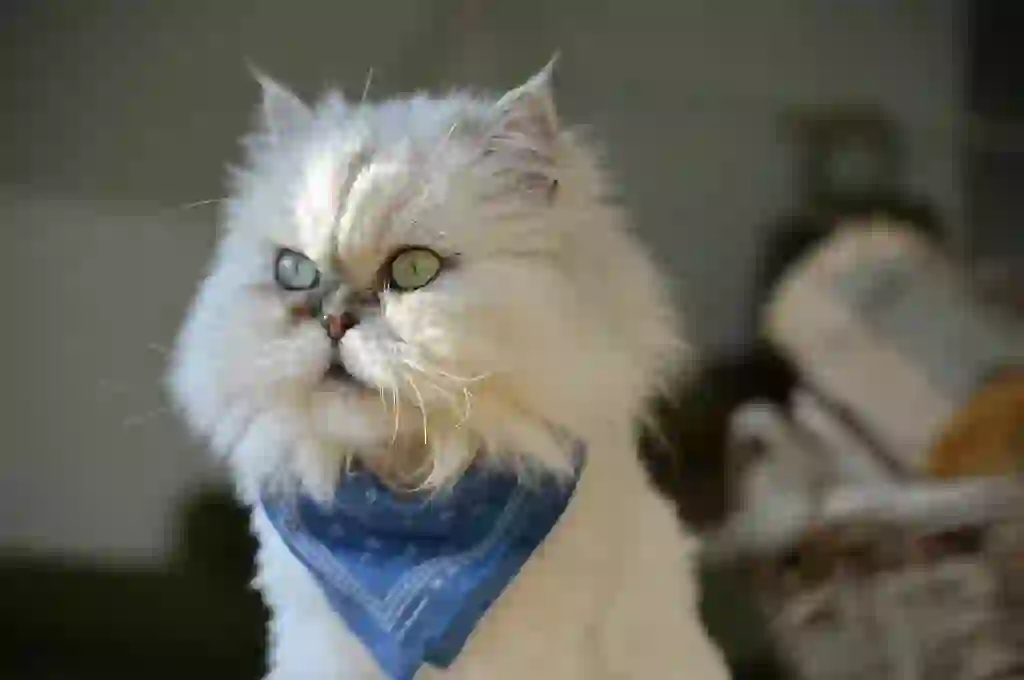
What are the diseases that Turkish Angora is susceptible to?
Turkish Angoras are prone to “trichobezoar” (hairball), “hypertrophic cardiomyopathy”, and “ataxia” .
Trichobezoar is a disease in which hair ingested during grooming accumulates in the digestive organs such as the stomach and intestines, causing symptoms such as vomiting. Normally, ingested hair is excreted with feces in small amounts, but if the amount of hair is large, it becomes difficult to excrete.
As a result, hairballs that cannot be excreted accumulate and can only be vomited. Cats naturally exhibit hairball vomiting behavior once every one to several months. This is a phenomenon that can be observed even in healthy cats, so there is no need to worry excessively. However, if you observe that “the frequency of vomiting hairballs has increased or the behavior of trying to vomit has increased,” there is a possibility that the cat has trichobezoar, so it is better to see a veterinarian.
Especially long-haired cats like Turkish Angoras need attention because they ingest a lot of hair.
Trichobezoar can also be prevented by brushing by the owner. It leads to important skinship, so please try to brush regularly. However, some cats dislike brushing, so it is better to do it little by little while watching their condition.
“Hypertrophic cardiomyopathy” is a disease in which the heart muscle becomes thick, making it difficult for the heart to contract properly. Since it is often caused by genetics, there are no specific prevention methods yet.
Even if there are no noticeable symptoms after onset, it may be complicated with thrombosis when noticed, and in the worst case, it can lead to death.
So, what should you do to detect the disease early? In conclusion, it is important to have regular health checkups.
Although there is no groundbreaking treatment for hypertrophic cardiomyopathy yet, it is possible to slow down the progression of the disease by symptomatic treatment as early as possible.
Ataxia is a disease that is not often heard of and is called “ataxia” in cats. It is said to be caused by cerebellar abnormalities, but the details are still unknown. Therefore, prevention and treatment methods have not yet been found.
Although other cats may also develop this disease, Turkish Angoras have the highest incidence rate so far, and if they develop it as kittens, they often die before becoming adults. I hope that a treatment method for this disease will be found as soon as possible.
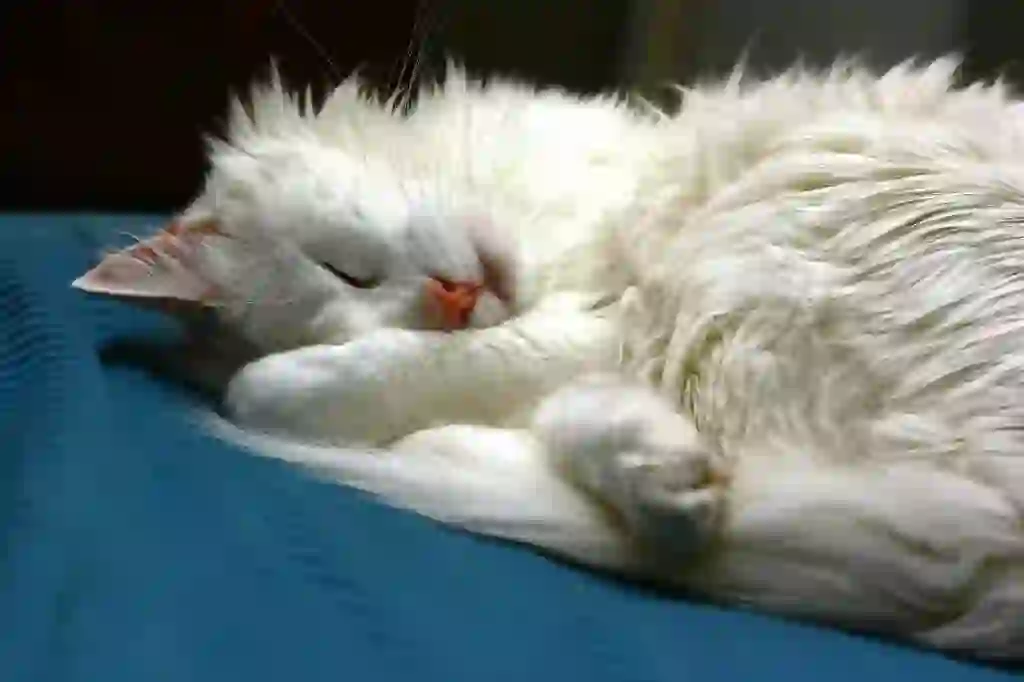
What is the lifespan of a Turkish Angora?
The lifespan of Turkish Angoras is said to be 13-18 years. They are cats that can live a long life if they are taken care of properly, as the average lifespan of a cat is 12-16 years.

Would you like to become a part of the 'Animalbook.jp'?
Turn your knowledge into Q&A and share it with the world. ※Publication will be activated after purchase. Let's share information together!
Turkish Angora Type of List
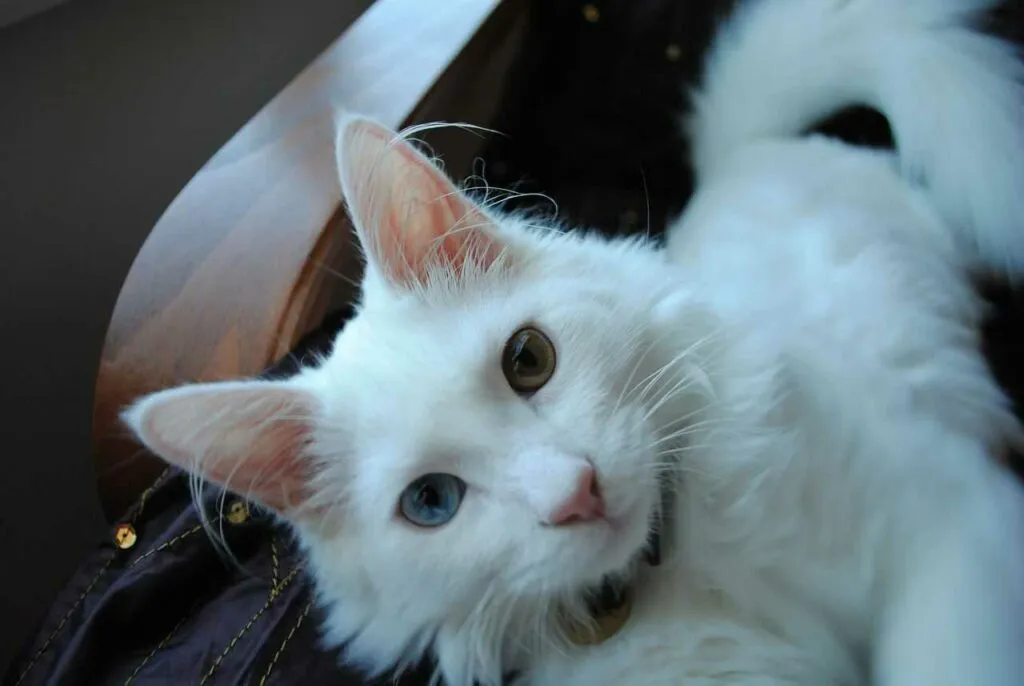
- Turkish Angora
Information
Congratulations! You are the first commenter!

Create Your Favorite List!
Turkish Angora
Save the animals you love! Build your own list to quickly revisit your favorites later.

Would you like to leave a comment?
※Please note: This is for the purchase of rights to post comments within the article.
Find Your Favorites!
Our shop offers a unique and attractive selection of goods themed around various animals.
Turkish Angora References

- まるごとわかる猫種大図鑑 監修:CFA公認審査員 早田由貴子
- 世界中で愛される美しすぎる猫図鑑 監修 今泉忠明
- The Cat Fancier's Association, Inc. https://cfa.org/turkish-angora/
- 猫との暮らし大百科 https://www.anicom-sompo.co.jp/nekonoshiori/
- みんなの猫図鑑 https://www.min-nekozukan.com/
- Pet Smile news forネコちゃん http://psnews.jp/cat/
- 子猫のへや https://www.konekono-heya.com/sitemap.html
- ねこちゃんホンポ https://nekochan.jp/
- 公益社団法人 埼玉県獣医師会 https://www.saitama-vma.org/topics/猫の遺伝性疾患について/
Turkish Angora Introduction of media used

出典:https://pixabay.com/images/id-3195121/

出典:https://pixabay.com/images/id-3000077/
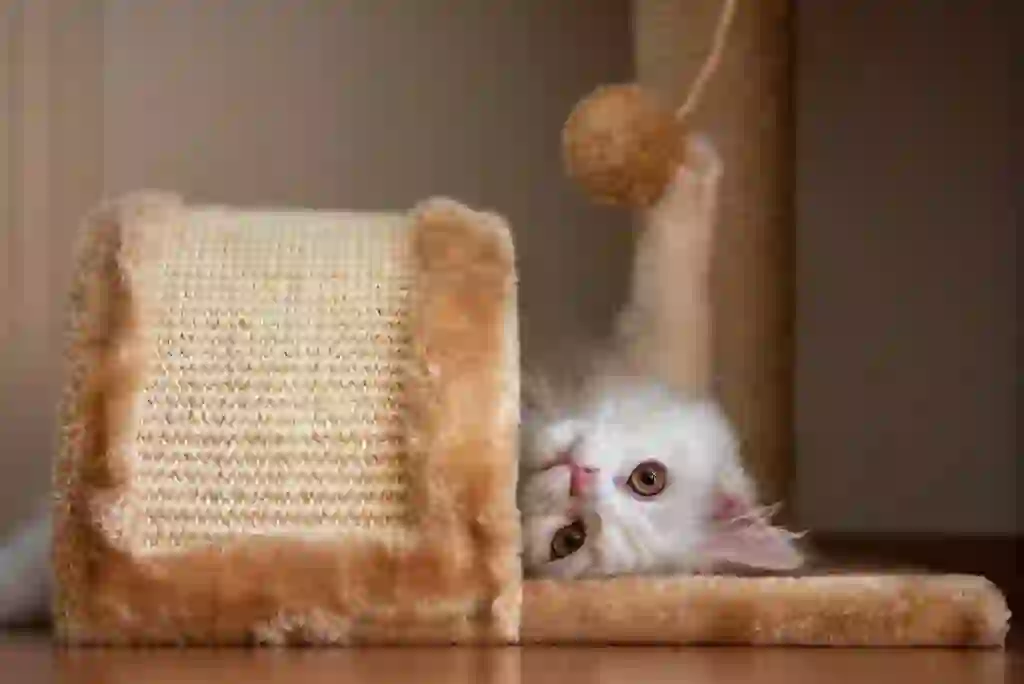
出典:https://pixabay.com/images/id-5694895/

出典:https://pixabay.com/images/id-3195130/

Help Enrich Our Animalbook.jp with Your Media!
We are constantly looking to expand and enrich our Animalbook.jp with amazing photos and videos of animals. If you have any media that you'd like to share, please contribute and help us showcase the beauty and diversity of the animal kingdom. Your submissions will be credited and featured in our encyclopedia, reaching a wide audience of animal lovers.
















